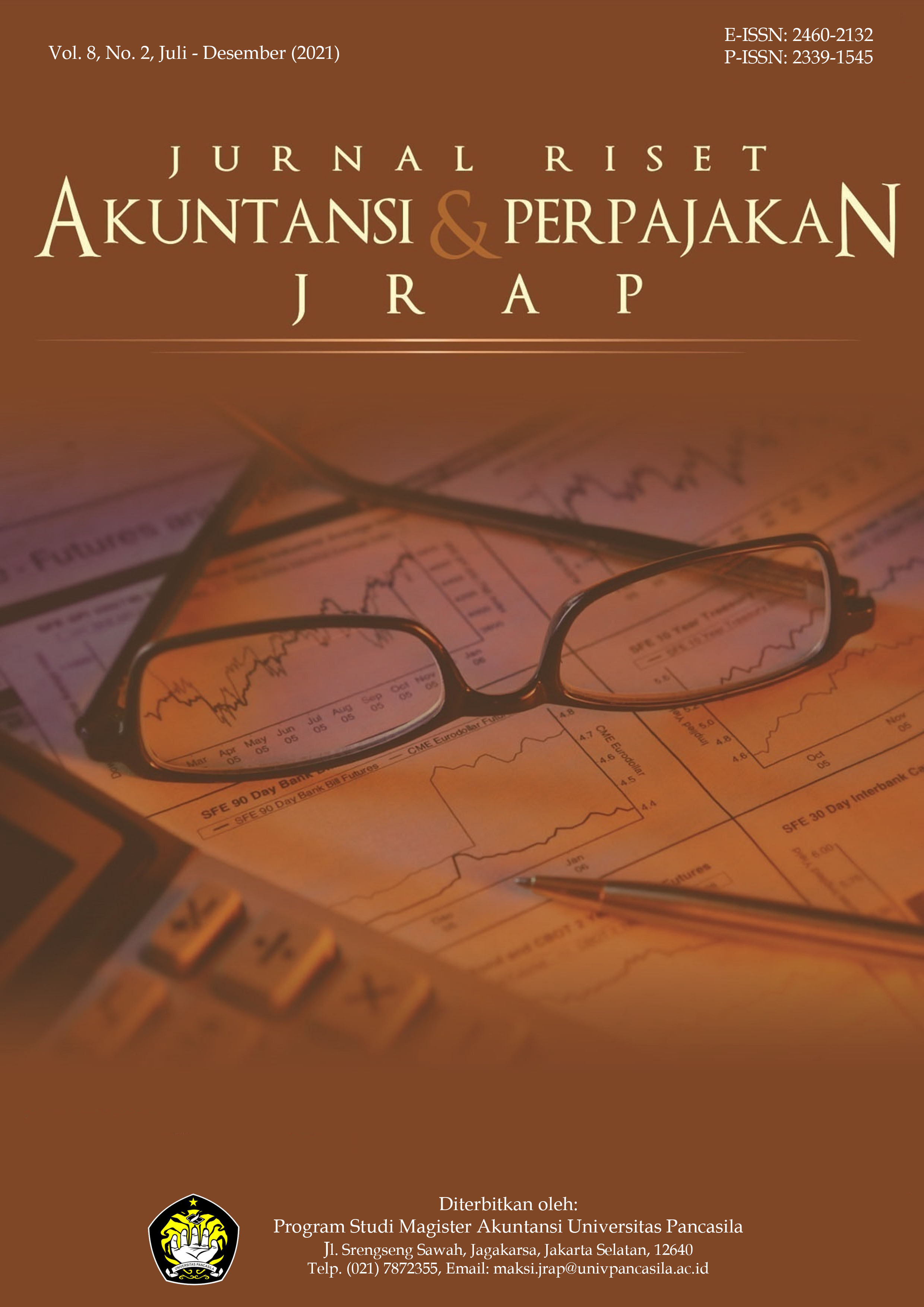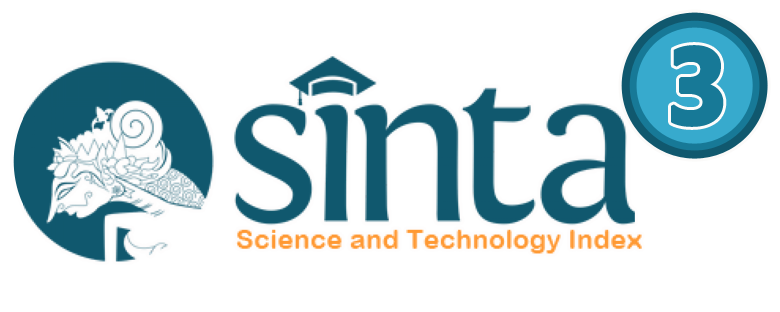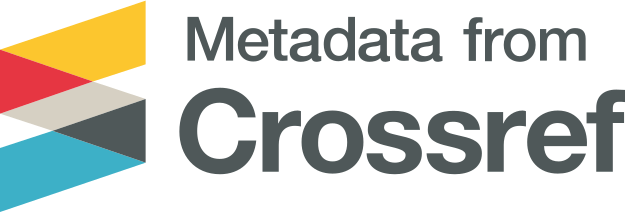Menakar Penerimaan Wajib Pajak atas e-Bupot dengan Pendekatan Technology Acceptance Model
DOI:
https://doi.org/10.35838/jrap.2021.008.02.12Keywords:
Tax, E-Bupot, Technology Acceptance ModelAbstract
ABSTRACT
The e-Bupot application is a web-based application that is useful for assisting taxpayers in fulfilling their tax obligations, especially the fulfillment of article 23/26 income tax obligations. This research was conducted with the aim of obtaining a description of taxpayer’s acceptance of the e-Bupot application by adopting an acceptance model in accordance with the technology acceptance model (TAM) theory. To achieve the aim of this research, this research uses a qualitative case study approach, with interview research methods conducted in depth to taxpayers registered at the Denpasar Medium Tax Office as research informants. This study indicates that taxpayers, who are informants of this research, have good acceptance of the e-Bupot application. The results showed that users knew the taxes rules and the aim of implementing the e-Bupot application. Informants of this study considered e-Bupot useful and easy to use. Based on the perception of usefulness, it was found that the e-Bupot applications makes work more quickly, improve job performance, increases productivity, effectiveness, makes job easier, and useful. While from the perceived ease of use, identified are that the e-Bupot application is easy to learn, controllable, application interactions are clear and understandable, there is interaction flexibility, improve the informant’s skill and the application is easy to use. User understanding of e-Bupot, perceived usefulness and perceived ease of use of the application can explain user acceptance of the e-Bupot application, trust from users to use the application explains the user’s attitude towards the e-Bupot application. A model explaining individual acceptance of new technology, particularly e-Bupot is offered in this study. Some suggestions for policy makers are also given to further improve the e-Bupot application.
ABSTRAK
Aplikasi e-Bupot merupakan aplikasi berbasis web yang berguna untuk membantu wajib pajak dalam pemenuhan kewajiban perpajakannya khususnya pemenuhan kewajiban perpajakan PPh Pasal 23/26. Penelitian ini dilakukan bertujuan agar mendapatkan gambaran ataupun deskripsi terkait penerimaan wajib pajak terhadap aplikasi e-Bupot dengan mengadopsi model penerimaan sesuai dengan teori Technology Acceptance Model (TAM). Untuk mencapai tujuan penelitian, penelitian menggunakan pendekatan kualitatif studi kasus, dengan metode penelitian wawancara yang dilakukan secara mendalam terhadap wajib pajak yang terdaftar di Kantor Pelayanan Pajak Madya Denpasar sebagai informan penelitian. Penelitian ini mengindikasikan bahwa wajib pajak, yang menjadi informan penelitian ini, memiliki penerimaan yang baik atas aplikasi e-Bupot. Hasil penelitian menunjukkan bahwa pengguna memahami aturan dan tujuan dari penerapan aplikasi e-Bupot. Informan penelitian ini menilai e-Bupot berguna dan mudah digunakan. Berdasarkan persepsi kegunaan, ditemukan bahwa aplikasi e-Bupot mempercepat pekerjaan, meningkatkan kinerja pekerjaan, meningkatkan produktivitas, efektif, mempermudah pekerjaan, bermanfaat dan membantu. Sementara persepsi kemudahan penggunaan yang diidentifikasi yaitu aplikasi e-Bupot mudah dipelajari, mudah mengerjakan yang diinginkan, interaksi aplikasi jelas dan dapat dipahami, terdapat fleksibilitas interaksi, keterampilan bertambah dan aplikasi mudah digunakan. Pemahaman pengguna atas e-Bupot, persepsi kegunaan dan persepsi kemudahan penggunaan aplikasi dapat menjelaskan penerimaan pengguna terhadap aplikasi e-Bupot, kepercayaan dari pengguna untuk menggunakan aplikasi menjelaskan sikap pengguna terhadap aplikasi e-Bupot. Sebuah model yang menjelaskan penerimaan individu akan teknologi baru, khususnya e-Bupot, ditawarkan penelitian ini. Beberapa saran bagi pengambil kebijakan juga diberikan untuk dapat lebih jauh menyempurnakan aplikasi e-Bupot.
Downloads
References
Amer, A. A., Ahmad, A. A., & Jo, S. (2013). Exploring Students Acceptance of E-learning Using Technology Acceptance Model in Jordanian Universities. The International Journal of Education and Development Using Information and Communication Technology, 9(2), 4–18. http://ijedict.dec.uwi.edu/viewarticle.php?id=1617
Bhuasiri, W., Zo, H., Lee, H., & Ciganek, A. P. (2016). User Acceptance of e-government Services: Examining an e-tax Filing and Payment System in Thailand. Information Technology for Development, 22(4), 672–695. https://doi.org/10.1080/02681102.2016.1173001
Pinho, C. M. R. J. & Soares, A. M. (2011). Examining the technology acceptance model in the adoption of social networks. Journal of Research in Interactive Marketing, 5(2/3), 116–129. https://doi.org/10.1108/17505931111187767
Chen, C., Xu, X., & Arpan, L. (2017). Between the technology acceptance model and sustainable energy technology acceptance model: Investigating smart meter acceptance in the United States. Energy Research & Social Science, 25, 93–104. https://doi.org/10.1016/j.erss.2016.12.011
Direktorat Jenderal Pajak. (2017). Peraturan Direktur Jenderal Pajak Nomor PER-04/PJ/2017 Tentang Bentuk, Isi, Tata Cara Pengisian Dan Penyampaian Surat Pemberitahuan Masa Pajak Penghasilan Pasal 23 Dan/Atau Pasal 26 Serta Bentuk Bukti Pemotongan Pajak Penghasilan Pasal 23 Dan/Atau Pasal 26.
Granić, A., & Marangunić, N. (2019). Technology acceptance model in educational context: A systematic literature review. British Journal of Educational Technology, 50(5), 2572–2593. https://doi.org/10.1111/bjet.12864
Ibrahim, I., Lamidi, W., & Alias, M. (2017). Perceived Usefulness and the Acceptance of Tax E-Filing System: Malaysia and Nigeria Cases. 4th International Conference on E-Commerce.
Irawati, T., Rimawati, E., & Pramesti, N. A. (2020). Penggunaan Metode Technology Acceptance Model (TAM) Dalam Analisis Sistem Informasi Alista (Application Of Logistic And Supply Telkom Akses). Ais The Best Accounting Information Systems and Information Technology Business Enterprise, 4(2), 106–120. https://doi.org/10.34010/aisthebest.v4i02.2257
Koul, S., & Eydgahi, A. (2018). Utilizing Technology Acceptance Model (TAM) for driverless car technology Adoption. Journal of Technology Management & Innovation, 13(4), 37–46. https://doi.org/10.4067/S0718-27242018000400037
Liao, S., Hong, J. C., Wen, M. H., Pan, Y. C., & Wu, Y. (2018). Applying Technology Acceptance Model (TAM) to explore Users’ Behavioral Intention to Adopt a Performance Assessment System for E-book Production. EURASIA Journal of Mathematics, Science and Technology Education, 14(10), 1–12. https://doi.org/10.29333/ejmste/93575
Mlekus, L., Bentler, D., Paruzel, A., Kato-Beiderwieden, A. L., & Maier, G. W. (2020). How to raise technology acceptance: user experience characteristics as technology-inherent determinants. Gruppe. Interaktion. Organisation. Zeitschrift Für Angewandte Organisationspsychologie (GIO), 51(3), 273–283. https://doi.org/10.1007/s11612-020-00529-7
Putra, B. K., & Husna, J. (2019). Persepsi Pengguna Outlook Web Applications Dalam Mendukung Pendistribusian Arsip Surat Masuk di PT Pelabuhan Indonesia III (Persero) Regional Jawa Tengah. Jurnal Ilmu Perpustakaan, 8(4), 181–193. https://ejournal3.undip.ac.id/index.php/jip/article/view/26870
Ratnadi, N. M. D., & Widanaputra, A. A. G. P. (2019). Pengaruh Persepsi Kegunaan, Kemudahan Penggunaan dan Norma Subyektif pada Minat Berperilaku Penggunaan E-Billing. Jurnal Ilmiah Akuntansi Dan Bisnis, 14(2), 169–182. https://doi.org/10.24843/JIAB.2019.v14.i02.p03
Susanto, E., & Jimad, N. (2019). Pengaruh Persepsi Penggunaan Technology Acceptance Model (TAM) Terhadap Penggunaan Efilling. Jurnal Ilmiah Akuntansi Peradaban, 5(1), 104–125. https://doi.org/https://doi.org/10.24252/jiap.v5i1.10431
Taherdoost, H. (2018). A review of technology acceptance and adoption models and theories. Procedia Manufacturing, 22, 960–967. https://doi.org/10.1016/j.promfg.2018.03.137
Zhang, L., Li, Z., & Lu, Z. (2016). Application of Technology Acceptance Model in e-Learning. DEStech Transactions on Environment, Energy and Earth Science. https://doi.org/10.12783/dteees/peee2016/3858
Downloads
Published
Issue
Section
License
Authors who publish with this journal agree to the following terms:
- Authors retain copyright and grant the journal right of first publication with the work simultaneously licensed under a Creative Commons Attribution-ShareAlike 4.0 International License that allows others to share the work with an acknowledgement of the works authorship and initial publication in this journal.
- Authors are able to enter into separate, additional contractual arrangements for the non-exclusive distribution of the journals published version of the work (e.g., post it to an institutional repository or publish it in a book), with an acknowledgement of its initial publication in this journal.
- Authors are permitted and encouraged to post their work online (e.g., in institutional repositories or on their website) prior to and during the submission process, as it can lead to productive exchanges, as well as earlier and greater citation of published work (See The Effect of Open Access).














